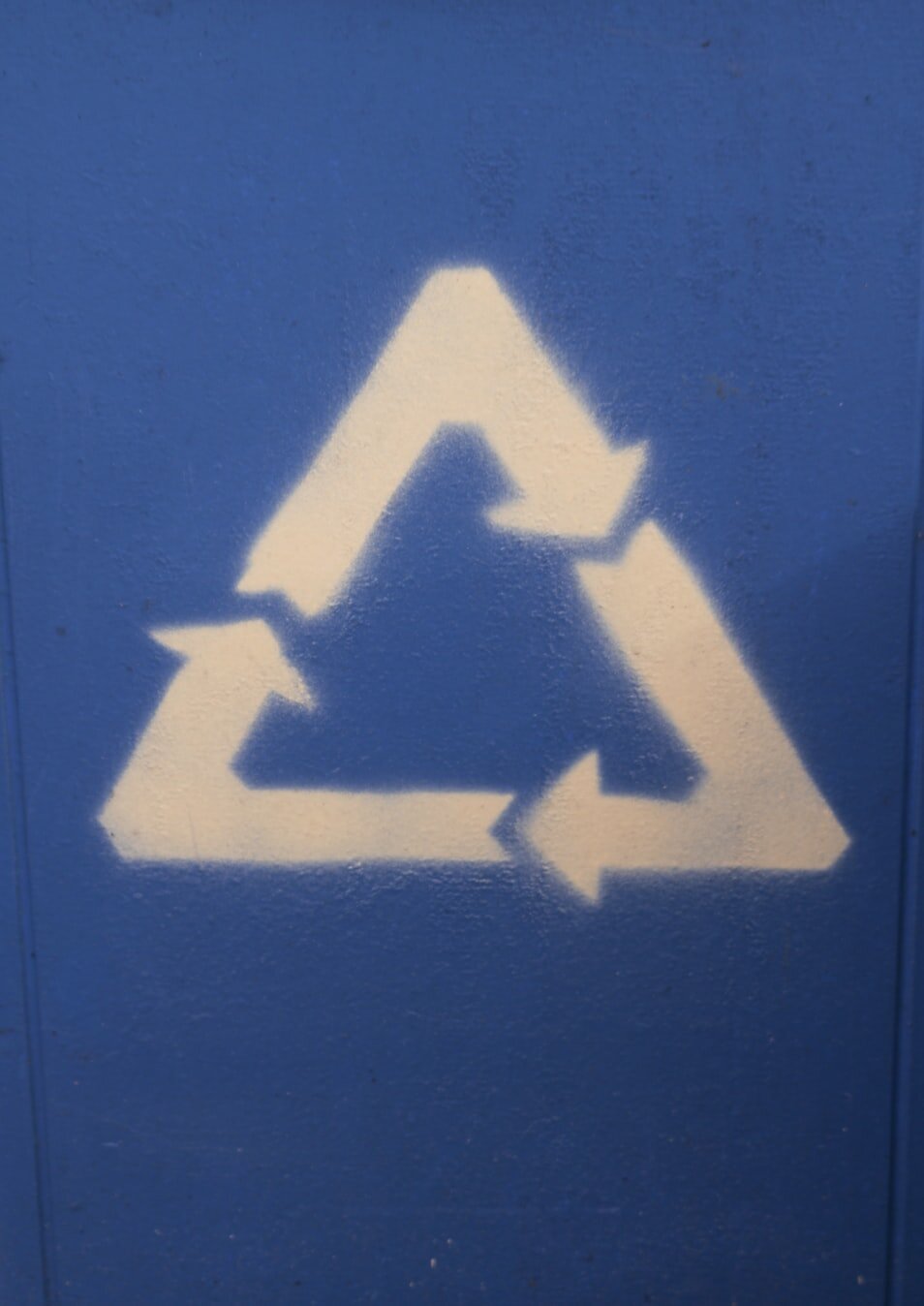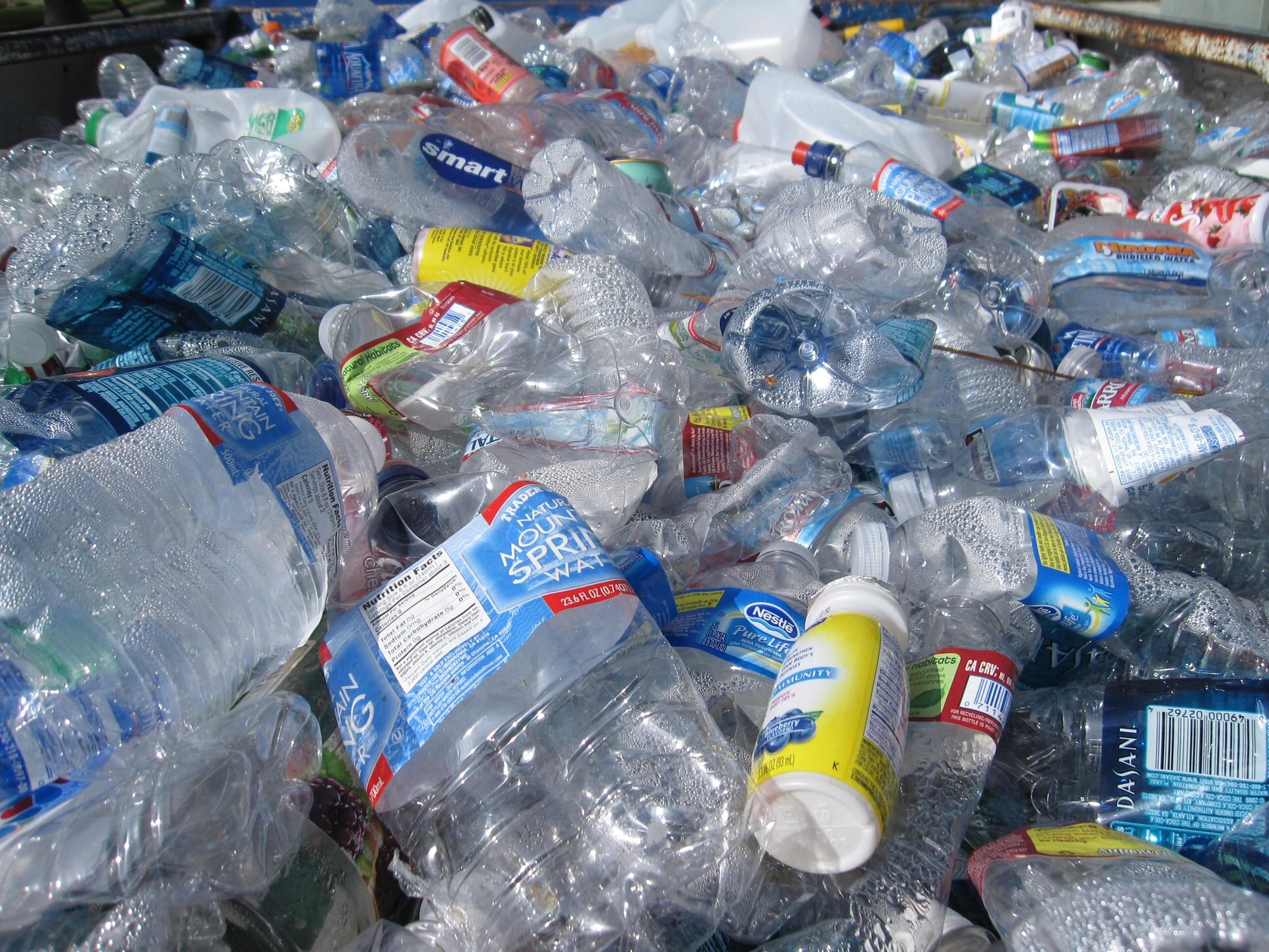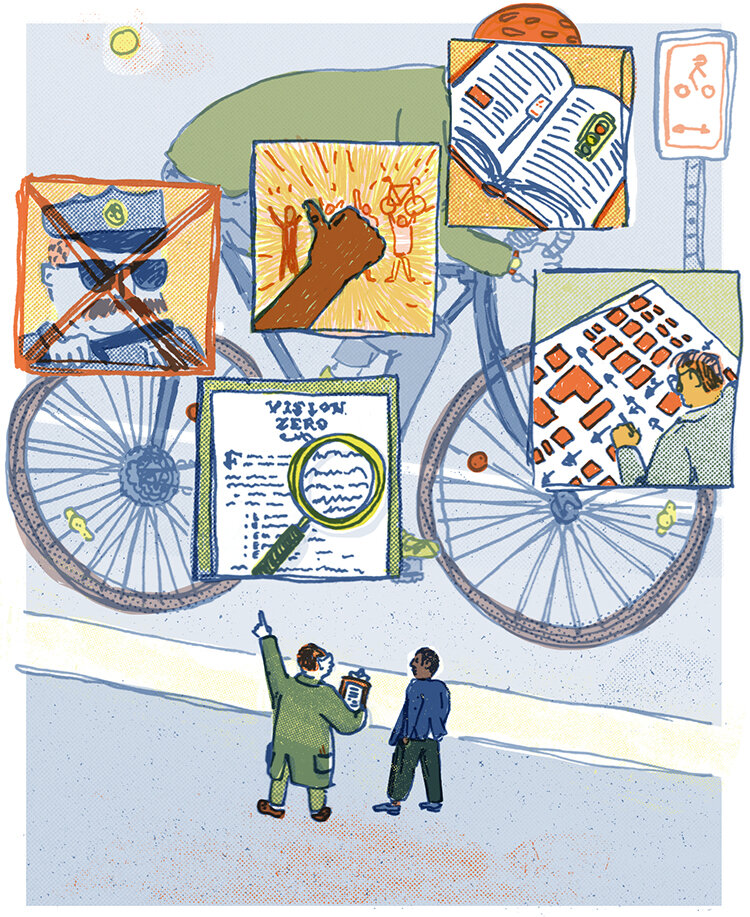Our recycling system is broken. It was broken before Covid-19 and China’s recycling ban, and the cracks are now beginning to give way to what I hope will be a complete rethinking of what it means to “recycle” as we know it.
If you’ve read my columns on gridphilly.com, this intro may sound familiar because it’s basically the same way I started off my City Sanitation commentary. But unlike that commentary, the majority of the blame cannot be placed on the City.
Although I can’t deny some of the critiques that Grid reported on for its January 2019 issue of an underfunded and understaffed City recycling office that needs stronger policy and contracting policies, I did wish that coverage would have delved a bit deeper into the problems that have been brewing in the recycling industry for decades.
That cover story revealed the fact that for a period of time, as the City’s recycling contract lapsed, the City’s temporary contract only allowed for half of the City’s recycling to be collected from areas with historically-low contamination rates. By contamination, I mean food waste and non-recyclable materials like plastic bags. The other half was being sent straight to the incinerator.
As terrible as that sounds, the concept that recycling was being burned was not shocking to someone who follows the industry. The average Material Recovery Facility (MRF) in the U.S. has an overall contamination rate of about 15-20%. That means for every five pieces of material that are flowing out of our single stream waste hauling trucks and being dumped on the MRF floor, one piece of material is going to either the landfill or the incinerator because it’s unusable due to being contaminated.
Should a material make it through the complex machinery of a MRF, it’s sorted into a few different categories such as aluminum, glass, cardboard, mixed paper, and then the various forms of plastic (I’m sure all readers have seen the three triangles with a number in the center at the bottom of a plastic bottle or package).
For aluminum and cardboard, the markets are still pretty good and there’s a good chance that those materials are being recycled. Mixed paper is basically worthless because it’s so delicate and it’s much cheaper to use virgin wood pulp because it’s cleaner to work with. Since glass gets broken and crushed up with all of the other single stream materials, it gets contaminated by small bits of paper and plastic and is usually just used as landfill cover because it’s too hard to clean it to be used as cullets in new glass. And then there’s plastic. I believe the current statistic is that only 9% of the plastic ever created has been recycled.
This is not due solely to contamination. My colleagues at TerraCycle in Trenton, NJ once told me the recycling golden rule that any material can be recycled if there is a process to recycle it and there is a market for the material. Although the recycling industry has invented processes for recycling all products labeled 1-7, there is a major limit to accessing those processes because it’s not profitable to recycle much of those materials.
Take for instance the plastic bag which is usually labeled either #4 (low density polyethylene) or #5 (polypropylene). Aside from plastic bags causing major mechanical issues in the MRF as they jam the machinery, this grade of plastic is so fragile and volatile to work with that it’s way easier to work with petrochemicals to make virgin plastic. But it’s not just plastic bags that are labeled #5. Look at the bottom of any plastic food container like yogurt or hummus or any plastic takeout container, and they’re usually a #5. Good-hearted people who see this label have been throwing these materials in their blue bins for years with the hope they were being recycled.
These recycling numbers are confusing by design. According to this incredible Frontline episode “The Plastic Wars”, the petrochemical industry fought long and hard to get those numbers with the litter recycling arrows put on every bit of plastic we consume — to relieve the average person of the guilt accompanying single-use products.
According to that same Frontline investigation, much of these low value #5 plastics were being shipped to China where a very small percentage of the material was used due to limited markets and then the rest was often landfilled or incinerated, sometimes in open-aired pits, which was well documented in the film Plastic China. As China’s government and it’s environmental community saw the catastrophe that this caused, the Chinese government created the National Sword Policy to ban U.S. imports of “recyclables” because most of it was trash. Talk to many people in the conventional recycling industry and they blame China for enacting this policy, rather than acknowledging that this was only enacted after decades of terrible recycling practices in the U.S.—so where does that leave us?
Although the disconnect between functioning recycling processes and viable markets continues, contamination continues to be the main source of blame by the waste industry and the City for why recycling does not function. As I lamented in my previous article, this is once again an example of the operators of a broken system blaming the users for breaking the system. But the system is broken and there is only one way I can think of to solve it.
We need to completely rethink how we collect and process material.
First, we need a concerted lobbying effort to get those numbers taken off of materials. The claim that they are needed for recycling separation is negated if the only plastic really being recycled is 1’s and 2’s, most of which are packaging. We need to enact laws that uniform plastic production and invest as a country in real recycling systems for our plastic as well as rethink how we manage (and possibly reuse) glass.
We also need to understand that the current single-stream system of putting all recyclable material in one truck does not work. It’s so widely adopted because it’s so cost effective for a hauler to collect everything in one truck. But what’s cost effective is not always what’s efficient for the system and this short-term thinking ends up making everything more expensive in the long run.
Over the past few decades waste management has been further and further consolidated into just a few national companies. Not only has this squeezed out smaller, and oftentimes minority owned haulers, but it stifles innovation from more progressive waste management companies.
In Philly alone, we have Retrievr that will come and pick up your textiles and electronics for recycling. We have Terracycle that offers their Zero Waste box and the Loop program where you can actually start to receive goods in reusable containers. And we have Rabbit Recycling that will do on demand pick-ups of recycling from your house. Residents can find information on more of these companies on the City’s recently built Recycling and Donation Resource Finder.
This is the future of recycling. More and more of these on-demand, material specific recycling and composting companies will be created and will grow in the next decade and the City needs to keep pace. So rather than spend tens of millions of dollars in recycling fees to the one company the City has a contract with, the City should diversify the recycling contract when it comes up for renewal and make opportunities for all of these different companies to be able to take specific types of material.
Since many of these companies do on-demand services, there is an obvious threat to sanitation worker jobs. That’s why if the City wants to get ahead of this trend, they should start rethinking what is a sanitation worker’s job. Is it to sit on the back of a truck and pitch material in from a blue bucket? Or is it to be a “materials manager” that can work to help residents manage which materials go to which company the City can contract with?
I can predict that the City response to this idea would be this would cost too much and is not realistic. Currently the City is spending upwards of $50 million (probably more since the pandemic started) just to dispose of our recycling and trash. That’s because we’ve invested in rudimentary systems that get large volumes of the good materials (aluminum, cardboard) while taking a loss on the rest. It’s a lot of money for little value whereas I believe diversification will lead to a better return on the materials because we are viewing them as resources and not waste.
It’s time that we diversified our recycling processes by diversifying the companies that can manage this material and really position recycling as the center of the 21st century circular economy rather than a weak chain in the make-take-trash 20th century linear economy.











Wow you really got deep into this recycling thing. Tell us more, any updates have you found more solutions? Do you think maybe trash barrels can be made from all that plastic waste?